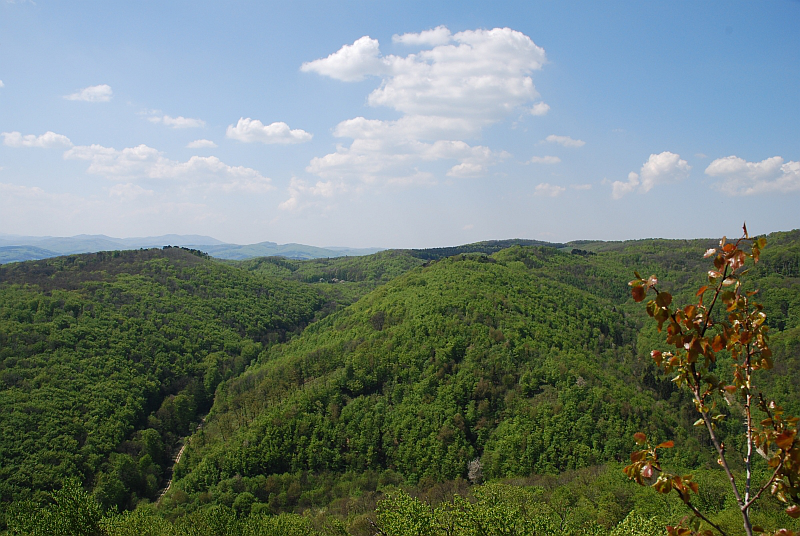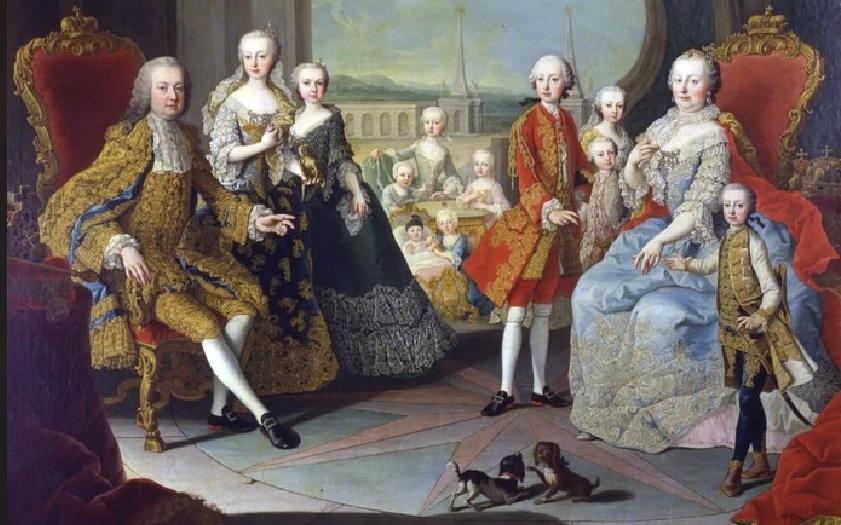After the 1st World War, the Viennese moved to the Vienna Woods. They lacked fuel, the winter was cold, and so they simply beat what seemed usable to them. They came by the thousands, men, women and children, and haphazardly cut down everything. They had no idea of the need for professional beating and the consequences could not be remedied for a long time. The first Latin name“silva Viennensis” is mentioned in documents in 1332. The German name“Wienner Waldt” is found for the first time in 1368. At that time he still went around our city. In 1905, the green belt around Vienna was declared a “forest and meadow belt conservation area”. It has always been vital for heating the homes of the Viennese. Most recently in the two world wars. It was not until 1955 that the forest slowly recovered . Since 1985, the annual reforestation campaign “Forest of the Young Viennese” has taken place in areas of the city of Vienna that are poorly forested. Every year, all interested and committed Viennese are invited to actively participate and contribute to the creation of a new forest. Around 10,000 native trees and shrubs such as oaks, lime trees and maples are planted each year in this reforestation campaign. Every year, Vienna’s forest grows by 50,000 to 100,000 m². The Vienna Woods and the Donau-Auen National Park provide a safe habitat for many animals and plants. The Vienna Woods alone are home to 2,000 species of plants, 150 species of breeding birds and many other endangered animals. The City of Vienna’s forest management is crucial for the quality of life and essential for supplying the population with drinking water of the highest quality. For this purpose, MA 49, “Forestry and Agriculture Department of the City of Vienna”, supervises in the catchment areas of the 1. and 2. high source line water protection and sanctuary areas. The department manages a total area of about 33,000 hectares of forests, alpine pastures, meadows and water bodies in the Rax and Schneeberg regions and in the Hochschwab massif. This makes Vienna the largest agricultural company in Austria! The Viennese are thus guaranteed the self-evident luxury of spring water from the tap. With a forest share of around 20 percent of the city area, Vienna is one of the greenest cities in Europe and the only one with its own national park. In 2016, our city was awarded the honorary title of “European Forest City”. Time Travel Tip: Vienna now offers 10 city hiking trails through the Vienna Woods and it is well worth exploring the city on them. There is even a so-called “circular route”, where you can walk around the city once in a circle. Take enough time, because this is about 120km.
More info: Vienna city hiking trails
Image source:
https://commons.wikimedia.org/wiki/File:Wienerwald34.jpg



